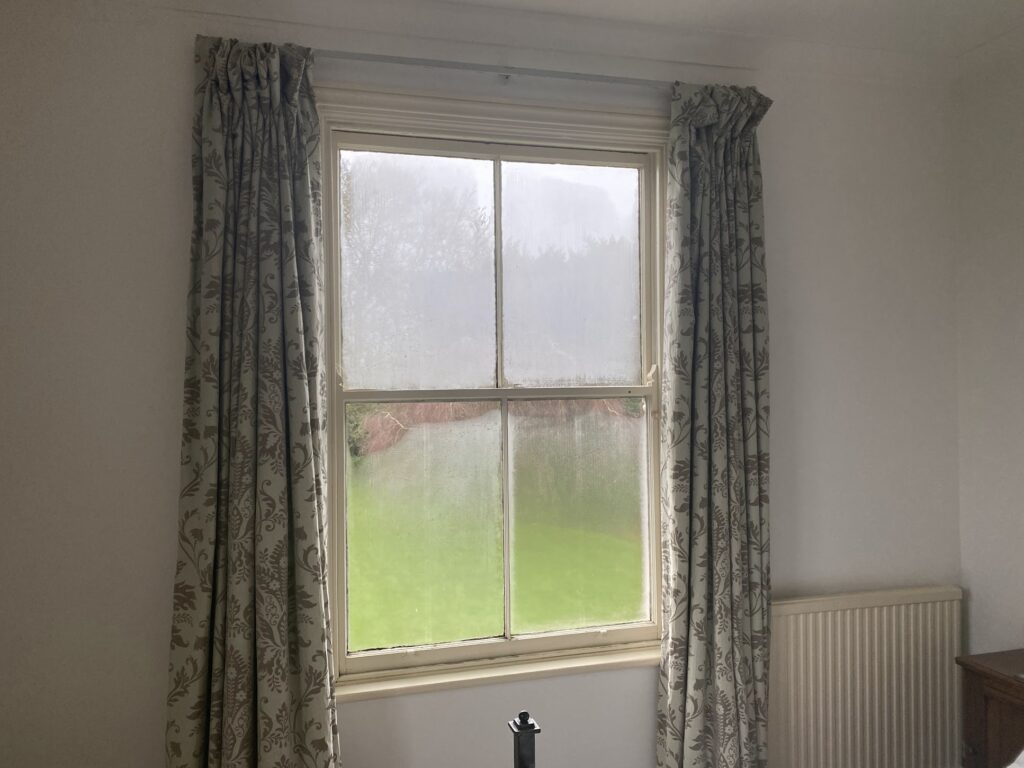
The most common reason for condensation on single-glazed windows is the lack of adequate insulation that single-glazing offers.
This situation sets the stage for an encounter between two contrasting temperatures: the warm air inside and the cold air outside.
When the warm, humid air from inside meets the cold surface of a single-glazed window, the water vapour cools down quickly, reaching its dew point.

At the dew point, the moisture in the air turns into water droplets on the window surface, creating the perfect conditions for condensation. This leads to the familiar problem of window condensation in single-glazed systems.
The difference in temperature and humidity levels inside versus outside underscores the importance of better insulation solutions, like double glazing, to effectively counteract this issue.
What is the best solution to fix single-glazing condensation?
One of the most effective ways to combat condensation on single-glazed windows is to upgrade them with vacuum-insulated double-glazing.
This cutting-edge option is especially attractive because the VIG double-glazed units are only about 7-8 mm thick, making them the thinnest double-glazing and a perfect fit for existing wooden frames.
This eliminates the need for the expensive and disruptive process of replacing the entire window frame.
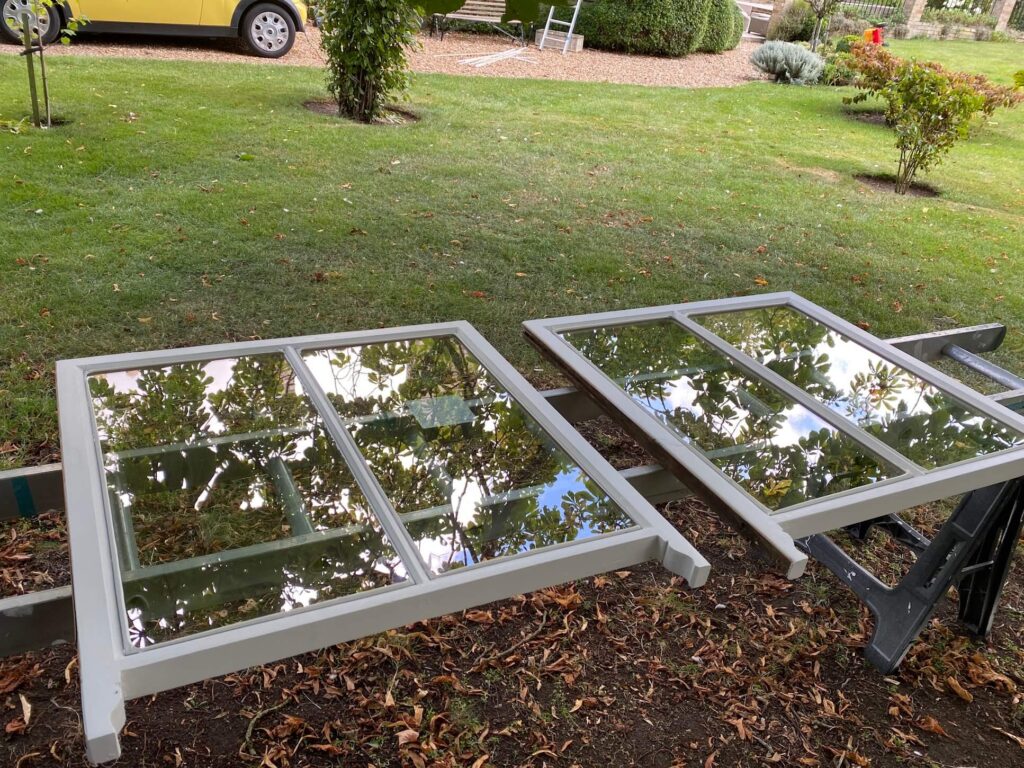
Vacuum-insulated double glazing significantly boosts the window’s thermal insulation, creating a barrier that minimizes heat transfer between the inside and outside.
Consequently, the interior surface of the window stays closer to room temperature, greatly reducing the chances of condensation forming.
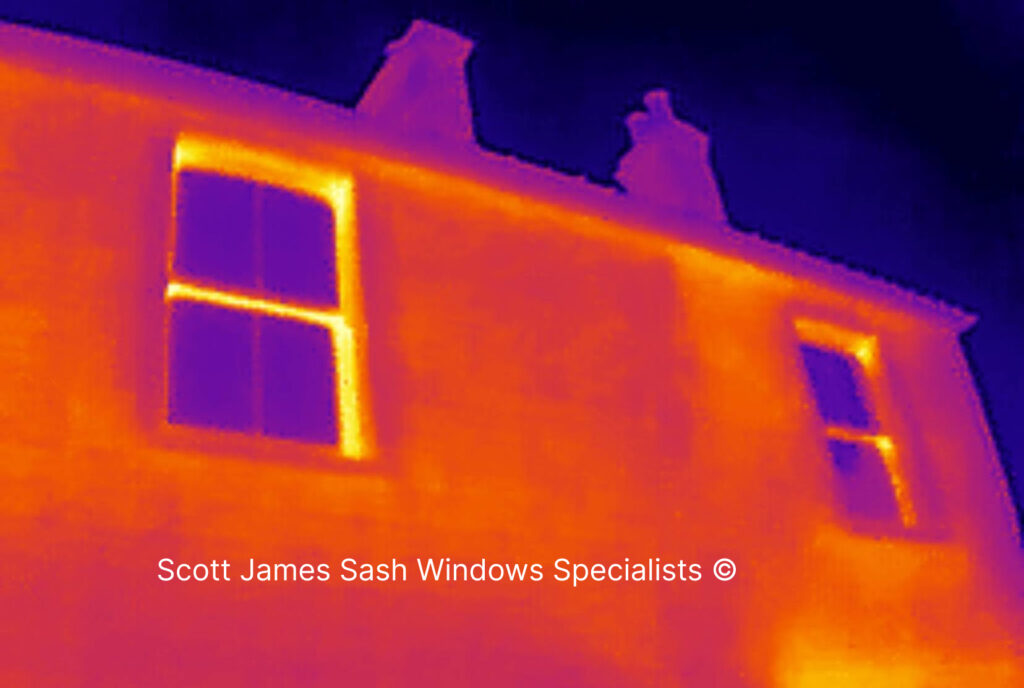
Not only does this upgrade enhance the comfort and energy efficiency of a home, but it also maintains the original windows’ aesthetic and structural integrity.
It’s an ideal choice for those aiming to improve their home’s insulation without sacrificing style or undergoing major renovations.
External condensation of VIG glazing
Vacuum glazing is quite effective at preventing internal condensation thanks to its exceptional thermal efficiency.
However, this same efficiency can result in condensation forming on the outside surface of the windows during the early morning, which typically clears up by noon. While this may come as a surprise to some, it’s actually a good sign.
Unlike internal condensation, which necessitates removal, the condensation on the outside of the window will evaporate naturally, requiring no intervention.
Reduce heat loss and heating bills
Upgrading your windows can indirectly address condensation issues by fostering a drier and warmer environment.
With enhanced heat retention, your central heating system won’t have to work as hard or as long each day to maintain a comfortable warmth.
This minimizes heat loss and, consequently, reduces your heating expenses.
Other factors to consider
The main reason for condensation on single-glazed windows is their poor insulation efficiency. Switching from single glazing to Vacuum Insulated Glass (VIG) can greatly reduce, or even completely eliminate, condensation issues. However, it’s important to recognize that condensation is caused by a combination of factors, not just insulation efficiency alone.
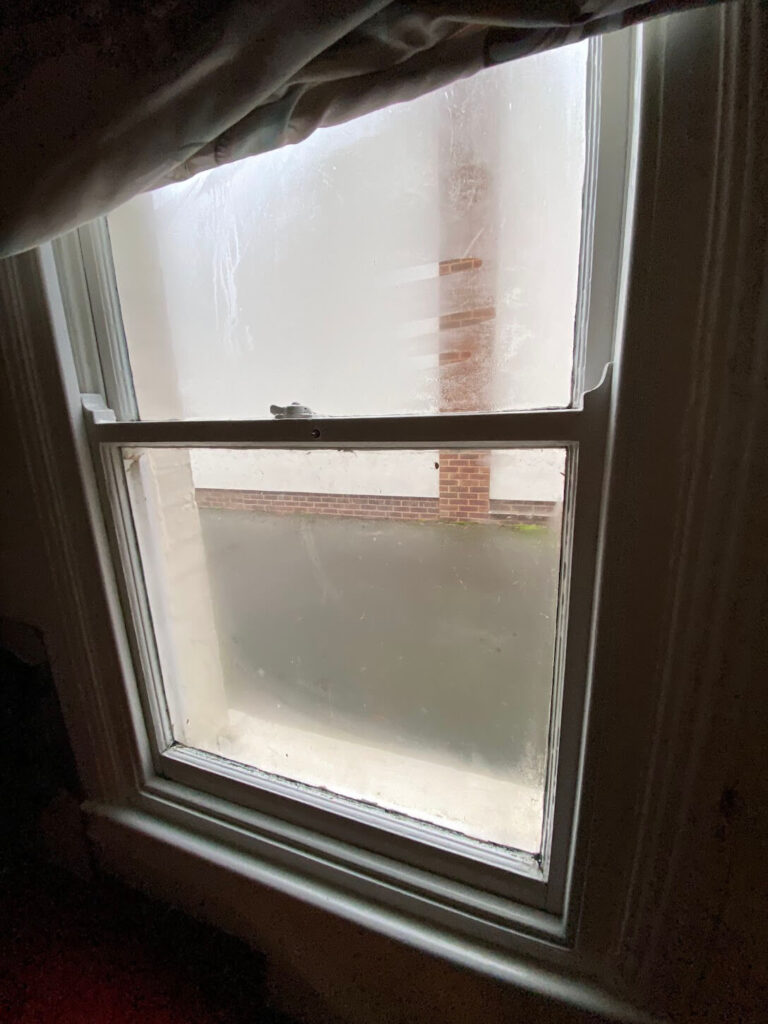
Humidity levels inside the home play a crucial role in condensation, especially in areas like kitchens and bathrooms where cooking and showering can increase moisture levels. To tackle this, make sure you have efficient extractor fans installed. These fans are vital for removing excess moisture from the air, particularly after boiling water or taking a steamy shower.
Moreover, cracking open your windows from time to time can also help control indoor humidity. This simple step promotes the exchange of moist indoor air with drier outside air, further aiding in reducing condensation and related damp problems.
Therefore, while upgrading to VIG glazing can significantly improve the insulation performance of windows, maintaining a healthy indoor humidity level through effective ventilation and moisture control is equally important in preventing condensation.
Read more articles

Is there a vacuum in double glazing?
Is there a vacuum in double glazing?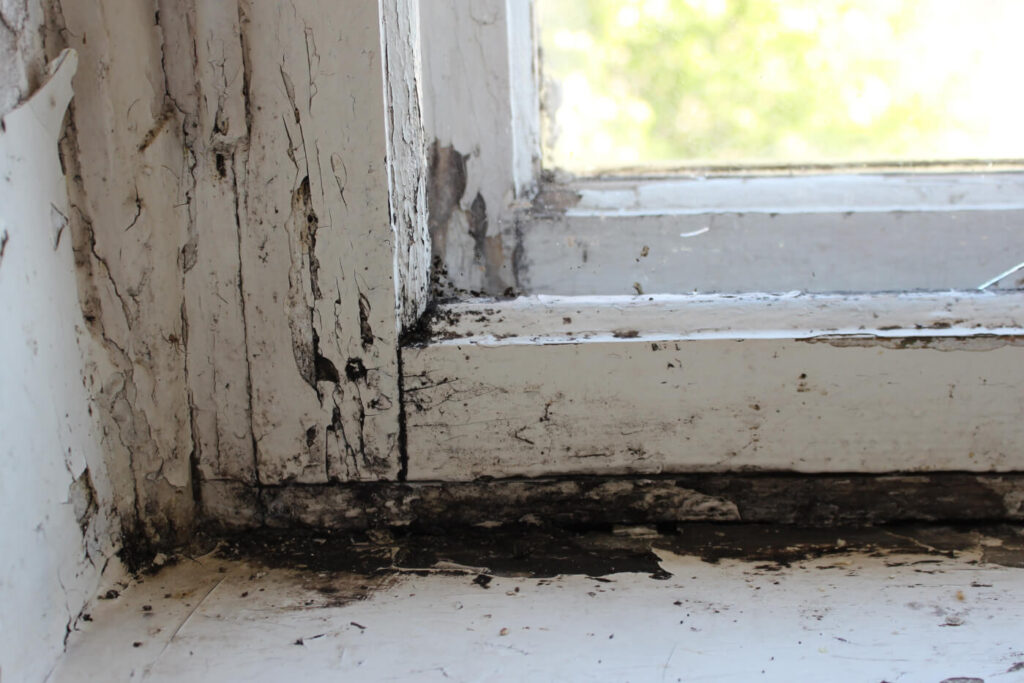
Black mould on windows
Black mould on windows
The history of sash windows
The history of sash windows